Kayaking the Desolation Sound marine park in southwest British Colombia
One of the things that always amazes me about the west coast of Canada is the thousands of kilometers of empty shorelines. Sharp and wet rock, misty beaches, dripping rainforest, windswept coastal cliffs, and millions of chubby starfish to explore make for a perfect getaway in the remote British Colombia wilderness. And what better way than by drifting along in a kayak through fields of jellyfish?
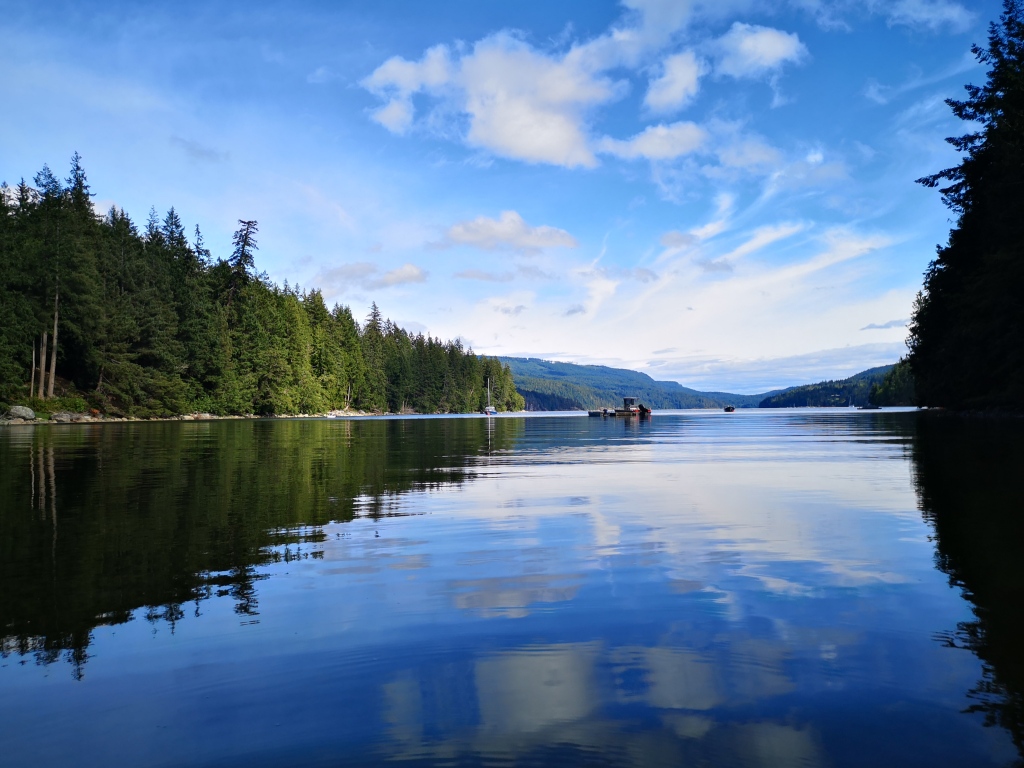
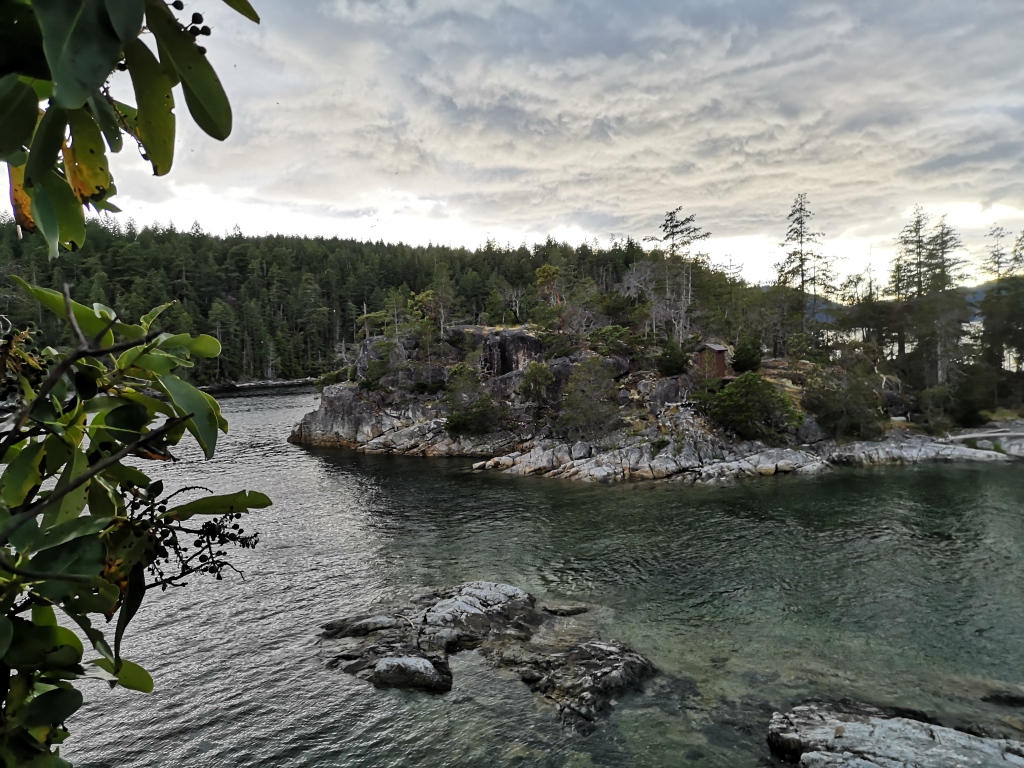
Desolation Sound marine park, on the northern edge of the Sunshine Coast north of Vancouver, has a reputation as a boater’s paradise, and rightly so. The sheltered ocean waters make for easy paddling, even for beginners, and the 11 campsites that dot the many islands, peninsulas, and inlets make for a highly flexible and customizable boating adventure. Whether you’re an experienced paddler looking for long days over tons of terrain, or a new paddler hoping to do short excursions from a central campsite, Desolation Sound has an option for you.
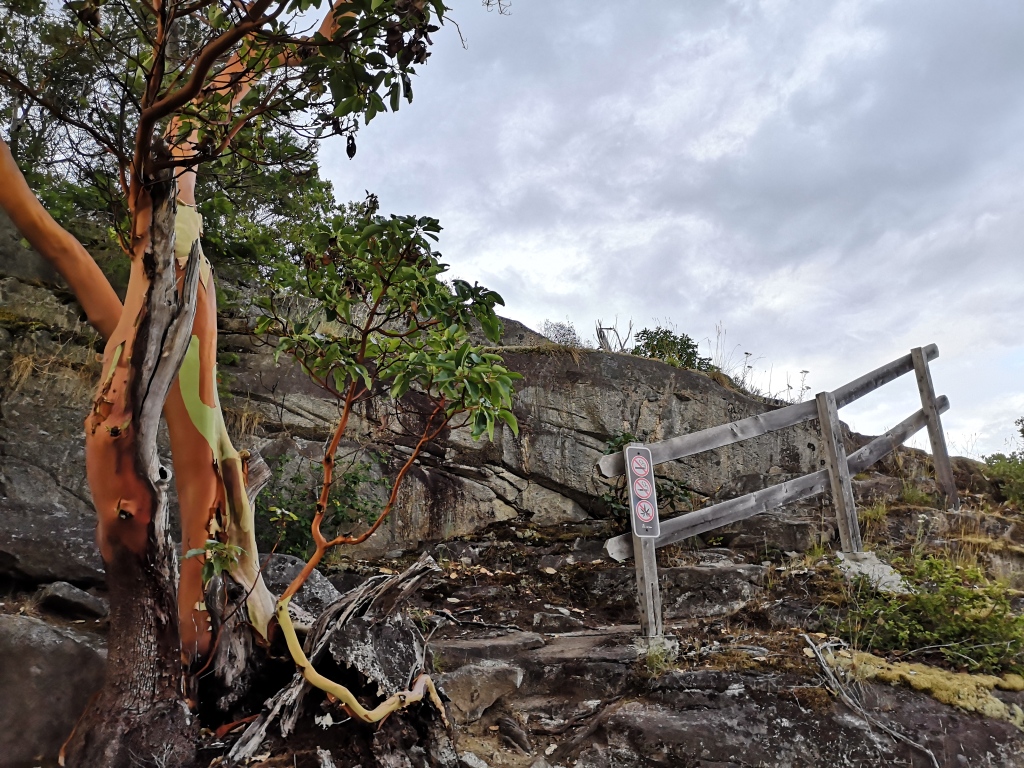
The park features – campsites with tent pads, bear caches, and outhouses, plus a kayak rental place conveniently located on the water – mean it’s easy for anyone to make this trip a reality. And with cell service over most of the park, risk can be kept to a minimum. Below, you’ll find some steps and tips to help you plan your paddling trip to Desolation Sound.
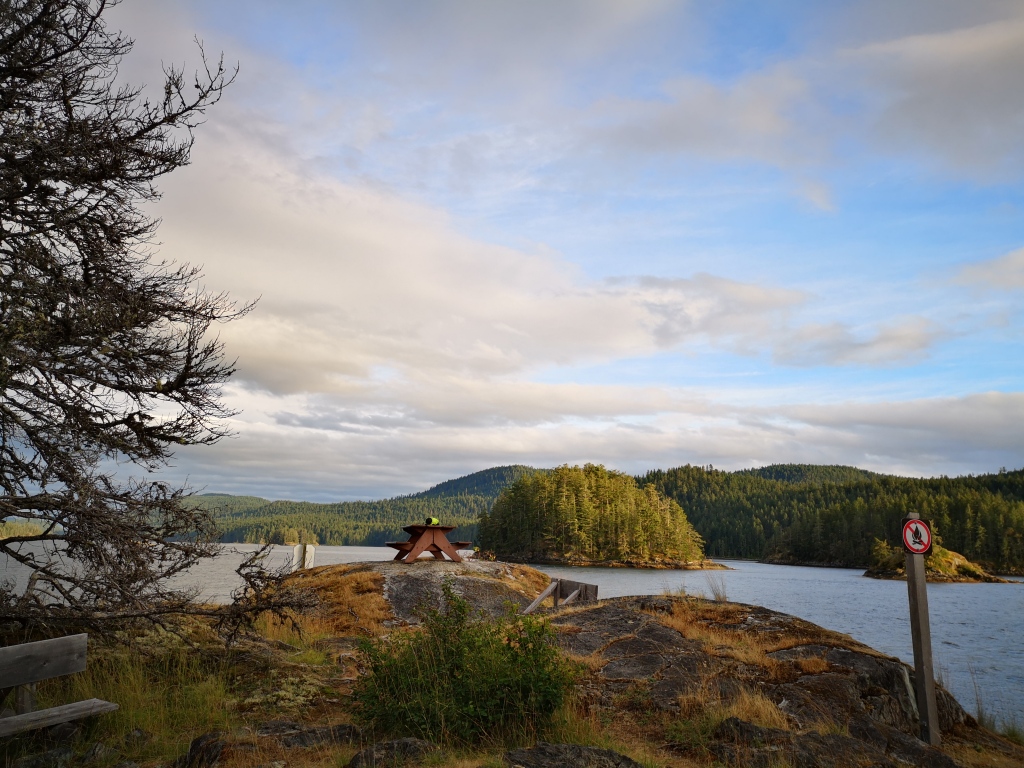
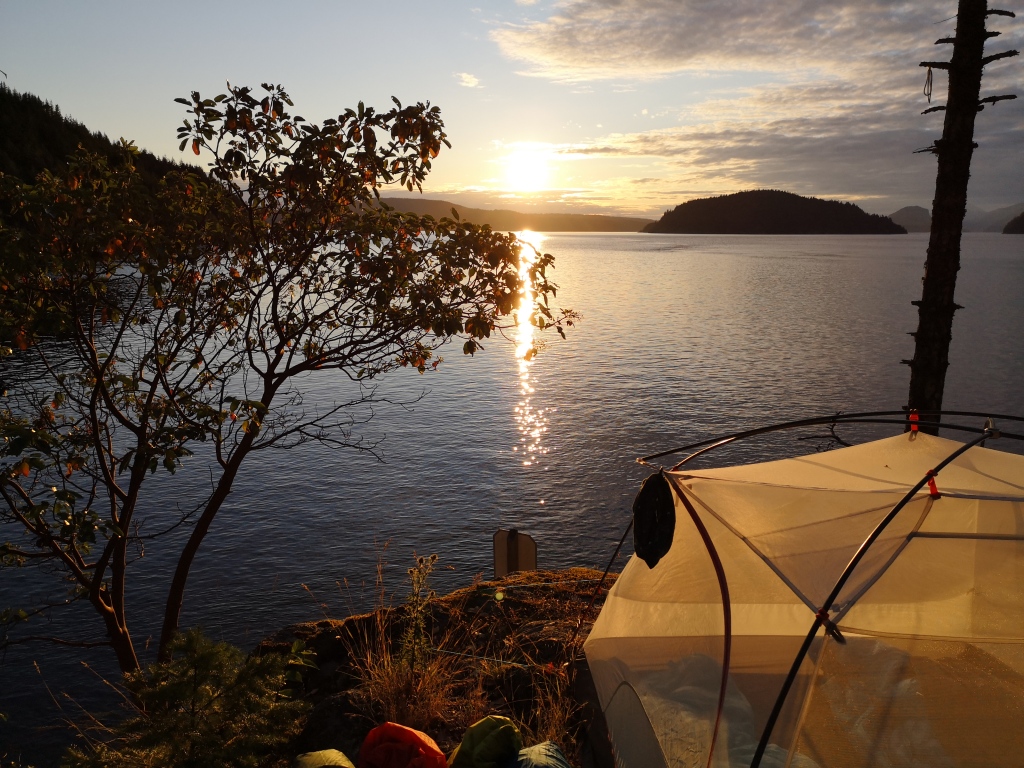
How to get there:
- Take a ferry from Horseshoe Bay in West Vancouver to Langdale
- Drive up the Sunshine Coast (about 1.5 hrs) to Earls Cove
- Take the ferry from Earls Cove to Saltery Bay
- Drive up the coast (about 1 hr) through Powell River to Okeover or Lund (kayaks can be rented and launched from both locations)
- Pickup your kayaks, load, and launch!
Make sure to plan out the ferry, driving, and rental times, as ferries only leave at certain times in the day. If you’ve got some extra time to kill on the Sunshine Coast, stop in at one of my favourite places: Persephone Brewing (Gibsons), Tapworks Brewing Company (Gibsons), the Bakery Cafe (Sechelt), Brickers Cidery (Sechelt), Townsite Brewing (Powell River) or Costa del Sol (Powell River).
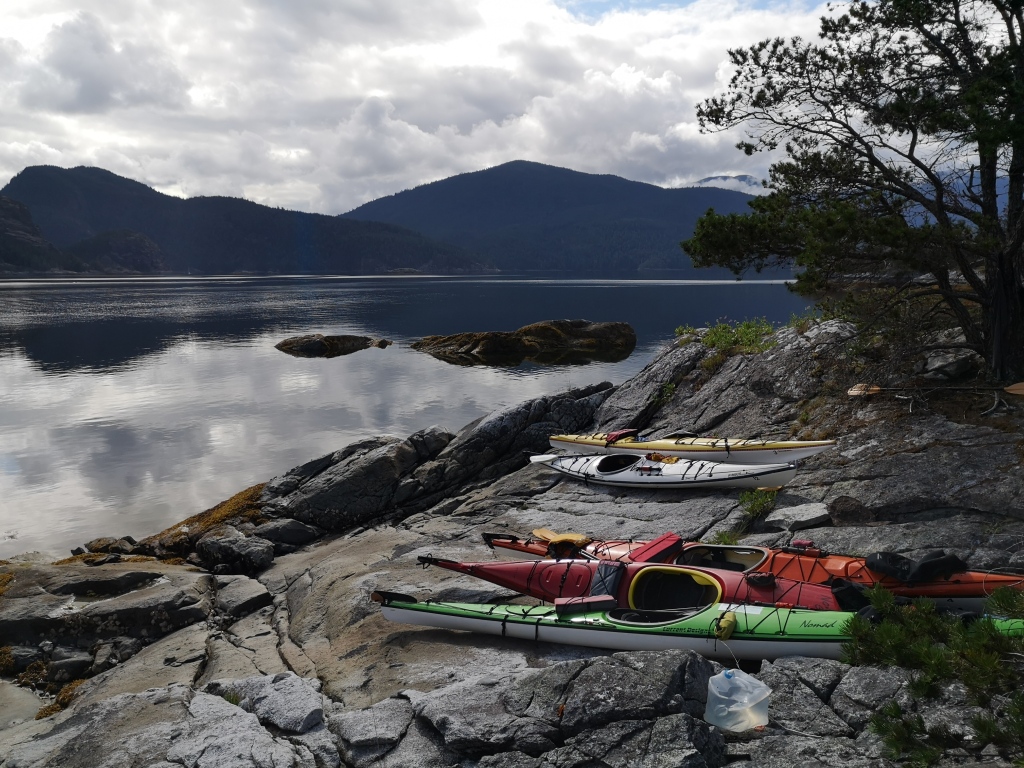
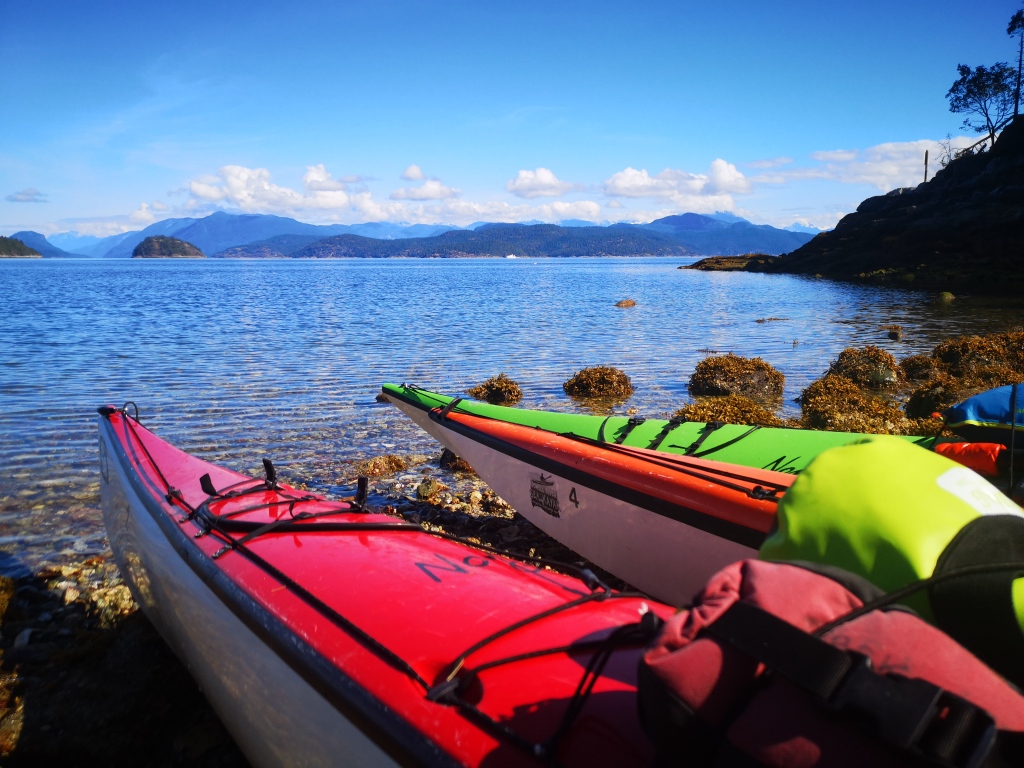
How to book:
- Book your kayaks with Powell River Sea Kayak. They have locations in both Okeover (direct access to Malaspina Inlet and then into Desolation Sound), or Lund (direct access to Copeland Park, and roundabout access to Desolation Sound). Check out their website for tons of helpful details on the trip!
- Purchase BC park camping permits. These are $5 per person per night. Print the permit, and keep it with you in a ziploc bag. Note that you don’t need to reserve spots at specific sites, and that the permit is good for all three regional parks: Desolation Sound, Copeland Islands, and Malaspina Park. Tent pads are first come, first served, and if you can’t find one, just throw your tent anywhere you can!
- Make a ferry reservation (recommended for busy travel days, such as weekends and holidays). Note that only the Horseshoe Bay – Langdale route accepts reservations. Make sure to arrive early, and have a backup ferry that will still get you to your destination in time just in case you don’t make it on.
- Make a rough plan of your circuit, but stay flexible. It’s a good idea to get a sense of how far your first day of paddling will be, since you won’t have much time due to travel.
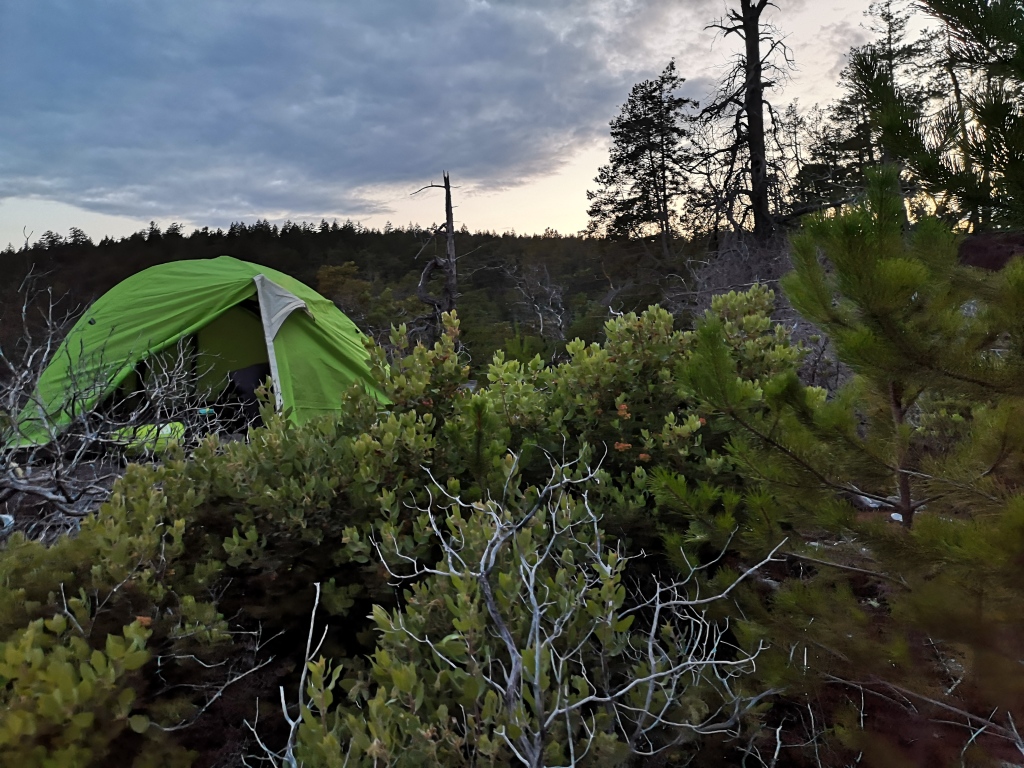
Must-have kayak gear:
- Map – both a campsite map and a general area map are needed. You can add a map onto your kayak rental for $5 though.
- Dry bags – keep your gear dry in the kayak hatches in case they flip or fill with water.
- Water storage – you’ll need about 3L per person per day of fresh water for drinking and cooking. These water cubes are great! They’re flexible to fit into small boat hatches, and collapse as they get used up.
- Dry and wet clothes – you’ll get wet in the kayak, whether from spray, waves, tricky landings, or rain, so set aside some ‘wet’ paddling clothes, and keep another set of ‘dry’ camp clothes in a dry bag for later.
- Sunscreen – even on cloudy days, the sun reflects off the water and onto your skin, so keep some sunscreen handy.
- Gear for weather – while the Sunshine Coast is aptly named (the weather there is much better than Rain-couver), be prepared for a shower, just in case. Bring at least a raincoat, as well as a tent with a proper rain fly.
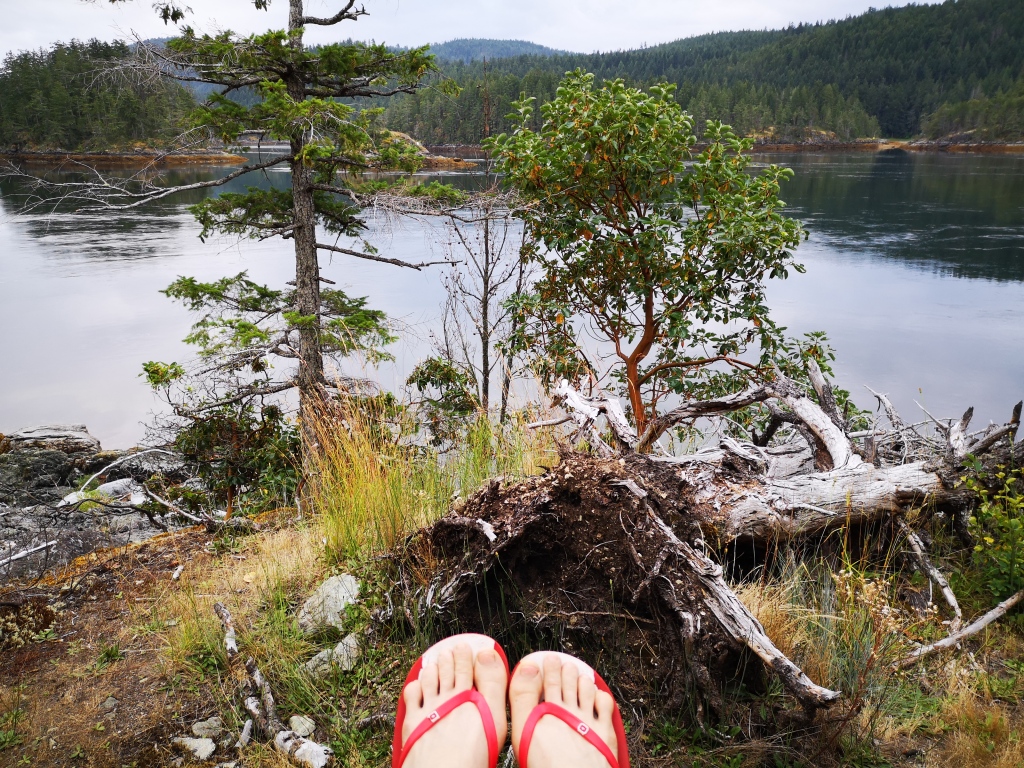
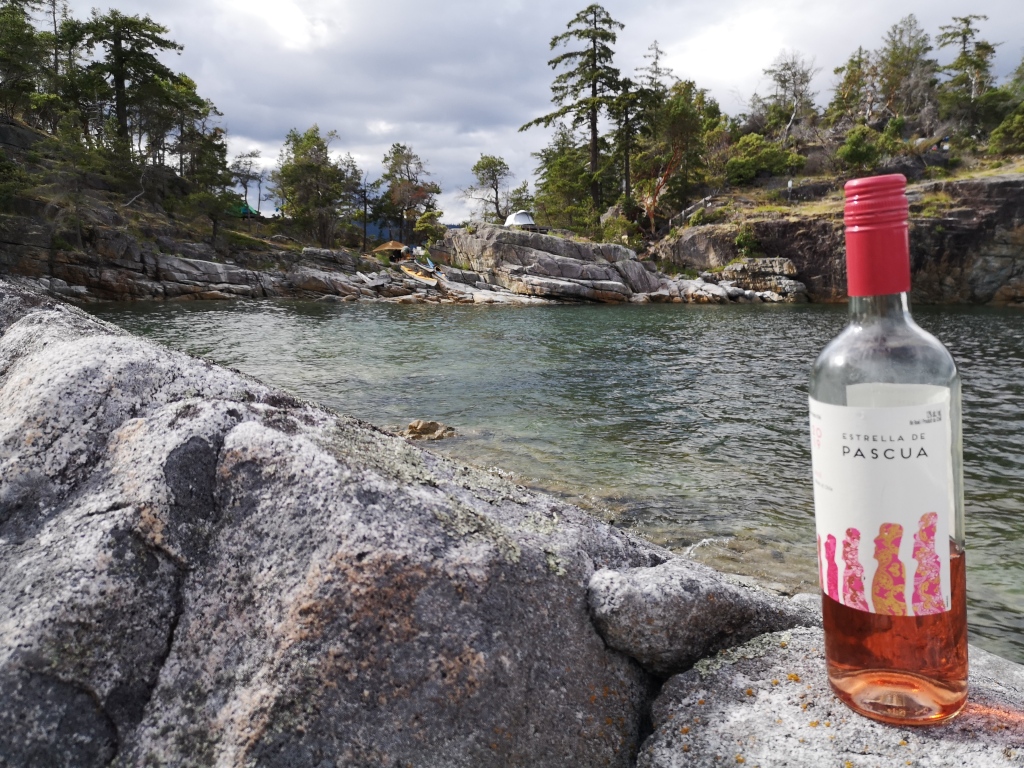
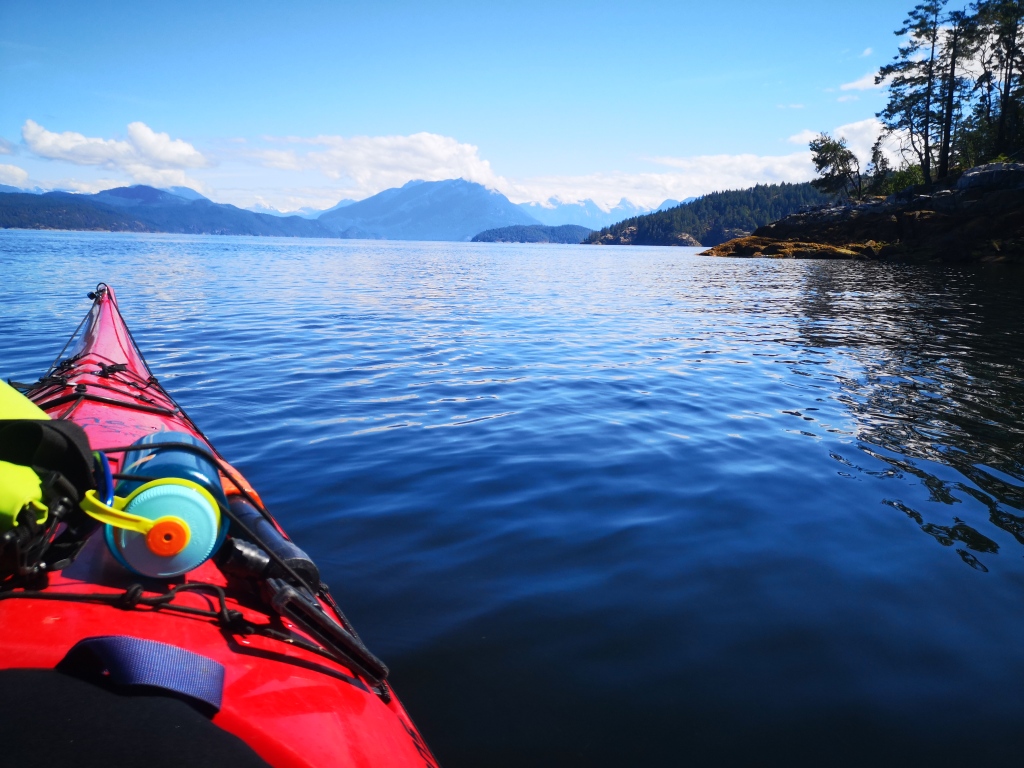
Finding water:
While you’ll want to bring most of your water with you on this trip, there are a few fresh water sources at which you can refill your supply, as well as a couple stores you can stop at on the populated islands. Water can be collected and filtered/treated from Unwin Lake (at Tenedos Bay) or Black Lake. Alternatively, if you’re up for a longer and more advanced paddle, you can stop by the stores in Refuge Cove or Squirrel Cove on Cortes Island to buy some water.
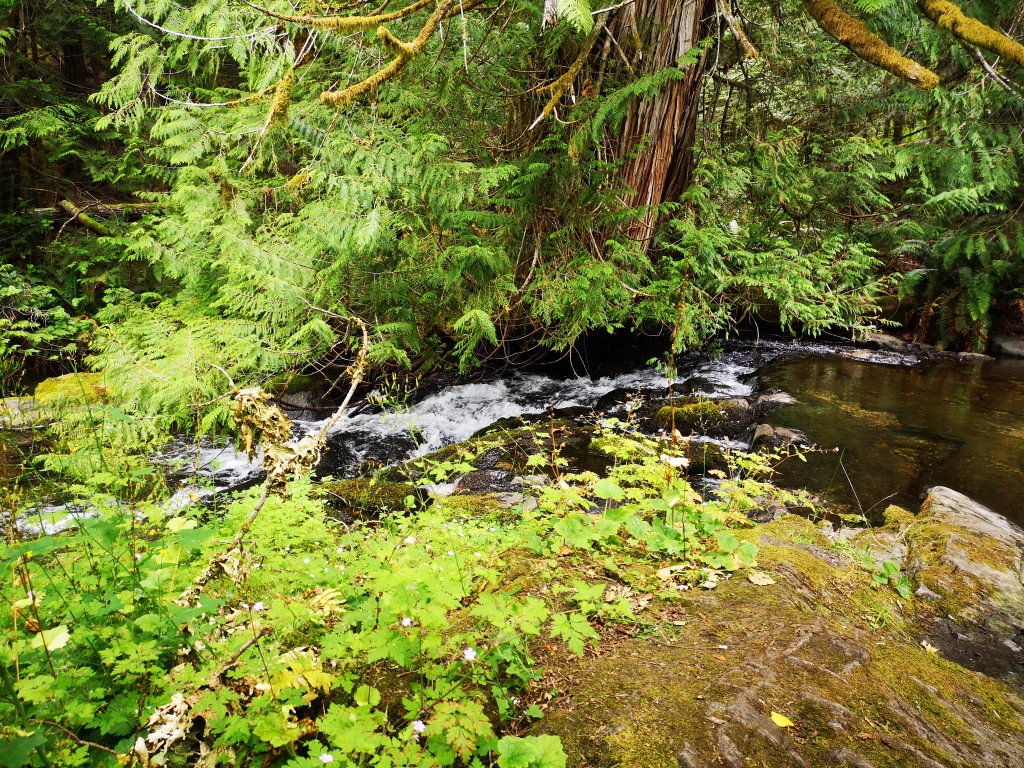
Tips:
- Unless you’re a direhard kayaker, don’t plan on paddling more than 2-3 hours a day.
- The waters are generally calmer in the morning, before the winds pick up, but this is not always the case.
- Hug the shoreline. This is both safer, and makes for more interesting paddling.
- Fires are not allowed in the park, except in designated fire rings at Tenedos Bay campsite and Teakerne Arm.
- There will likely be tons of large boats in the water. Make sure to give them lots of space, and watch for their wake as they pass. For extra stability, point your kayak into the wake (ie: you don’t want to be parallel to the wake, as it could roll you).
- When packing, it’s better to bring more smaller bags than fewer larger bags. They’ll fit in the kayak hatches better.
- Make sure to get the kayaks partially in the water before loading them, as they’ll be too heavy to carry.
- Load heavier items in the back of the kayak for stability, and keep the weight evenly distributed amongst your group, as heavier kayaks will be slower.
- Watch the tides – high tides make loading and launching much easier (less walking over slippery, uneven rocks), and make sure you place your kayaks well back from the high tide line overnight so they don’t float away.
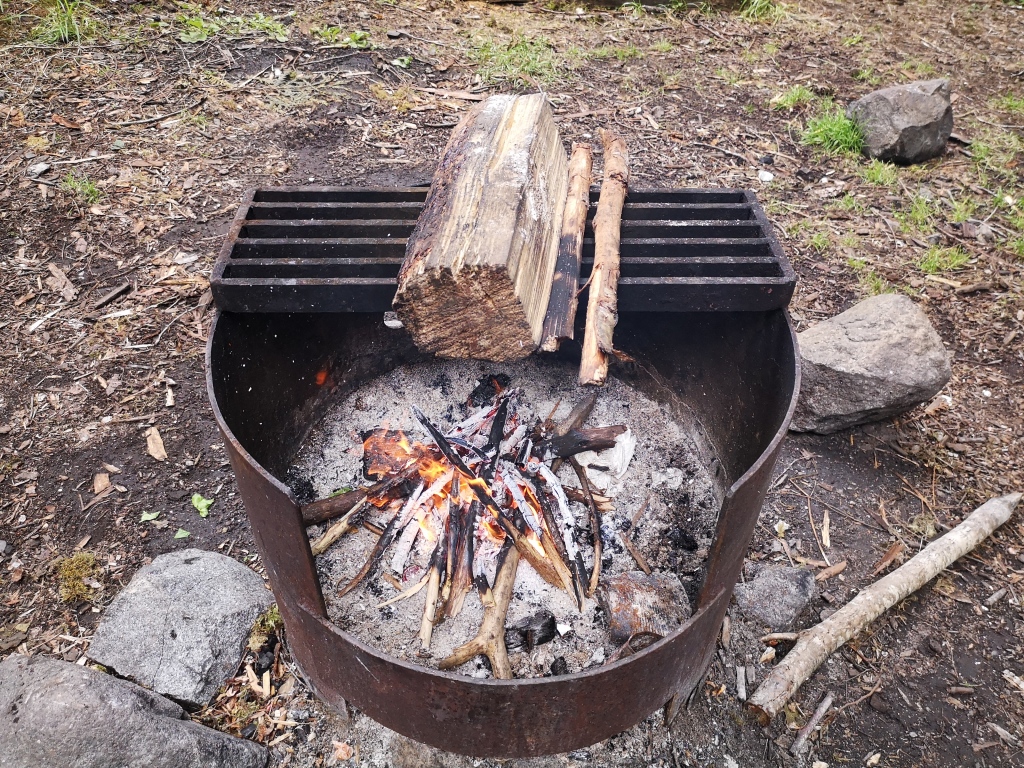
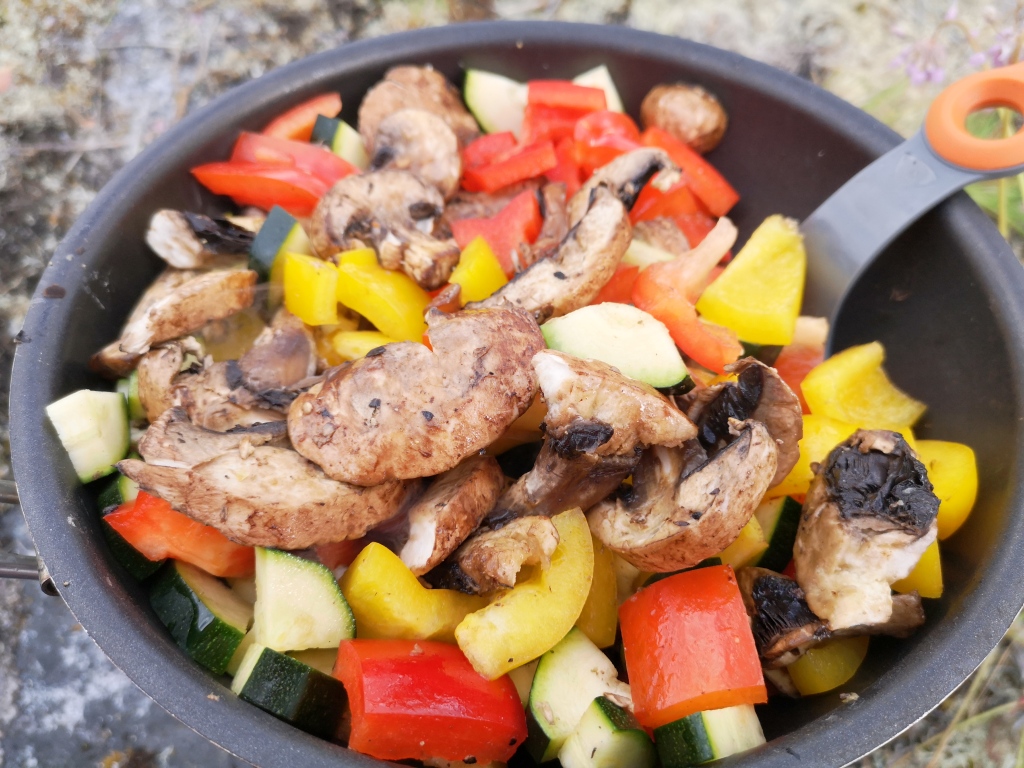
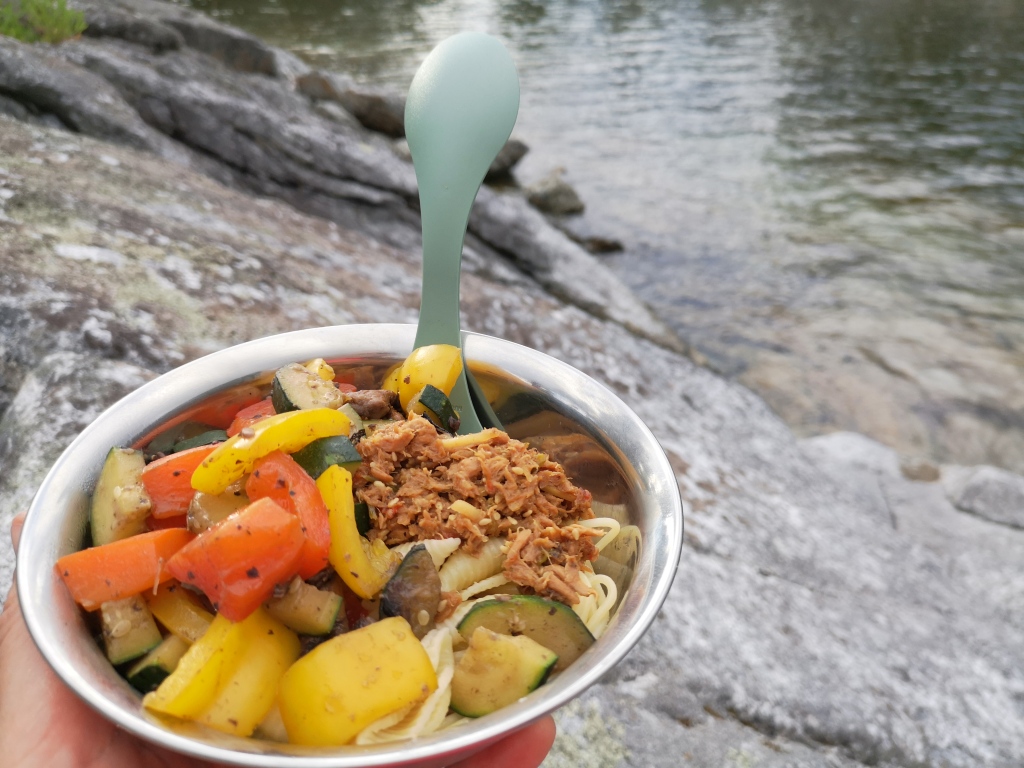
Approximate paddling times:
As an approximate guide, here are some rough paddling times between the sites we visited. Note that these will vary with wind, the speed of your group, and currents, so take these with a grain of salt!
- Okeover launch site to Grace Harbour: 1.5 – 2 hrs
- Okeover launch site to Hare Point: 2 hrs
- Hare Point to Curme Islands: 2.5 – 3 hrs
- Curme Islands to Tenedos Bay: 1 hr
- Between East, West, and South Curme Islands: 5 – 10 min
- Curme Islands to Feather Cove: 2.5 hrs
- Feather Cove to Okeover launch site: 2 – 2.5 hrs
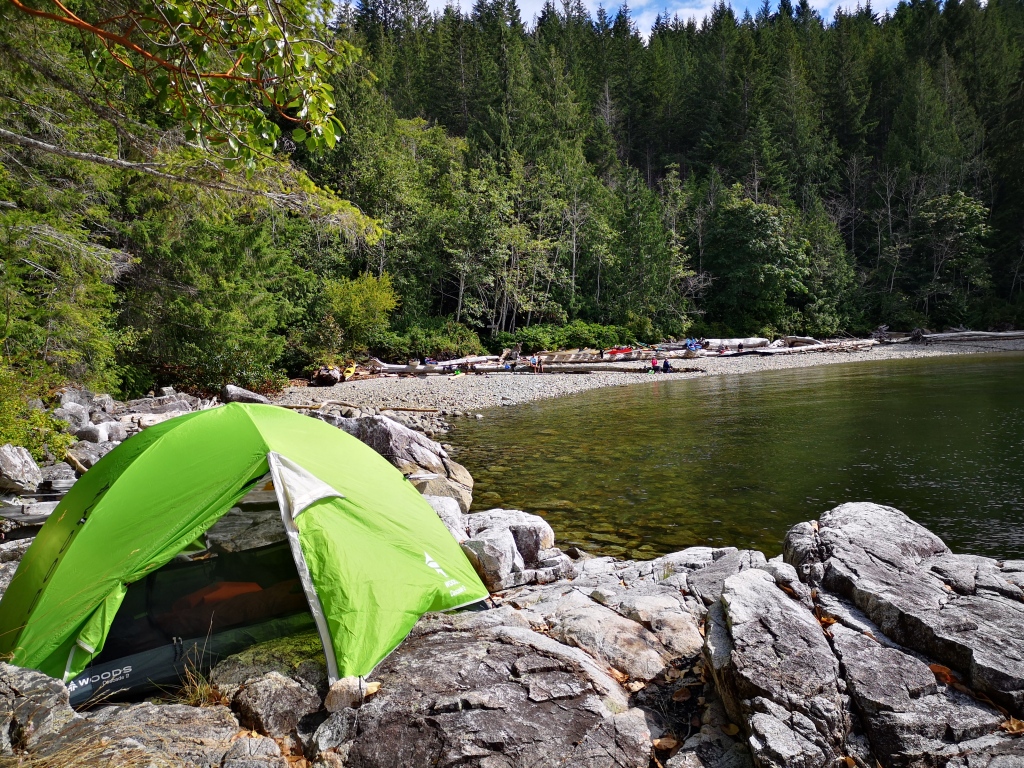
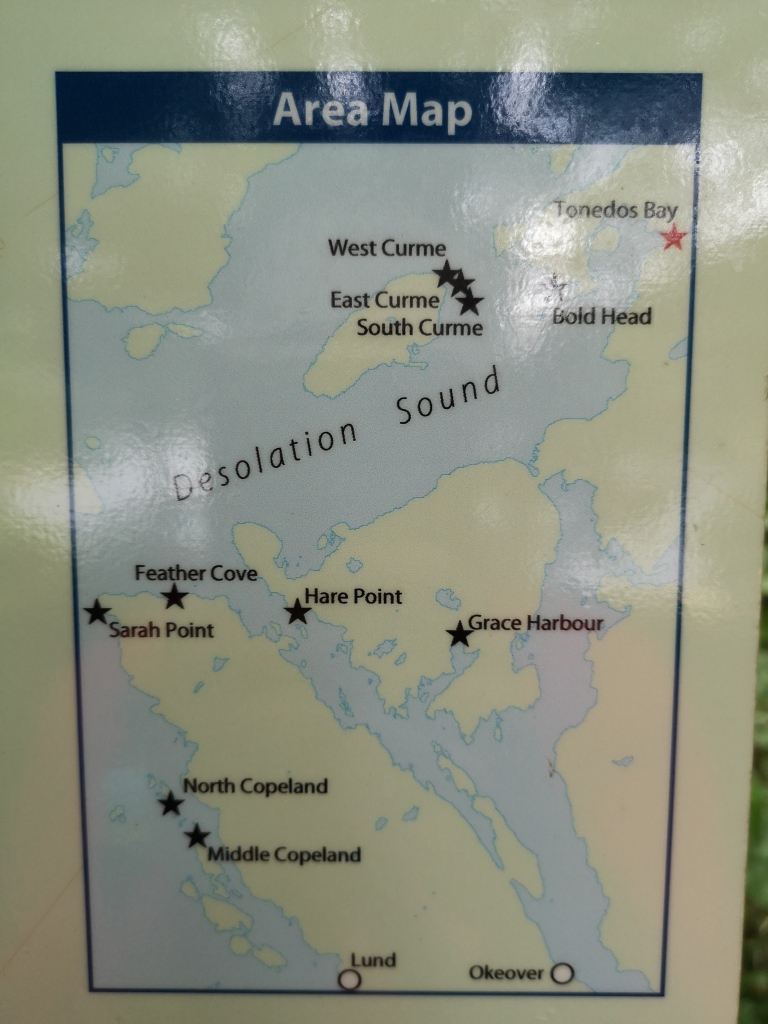
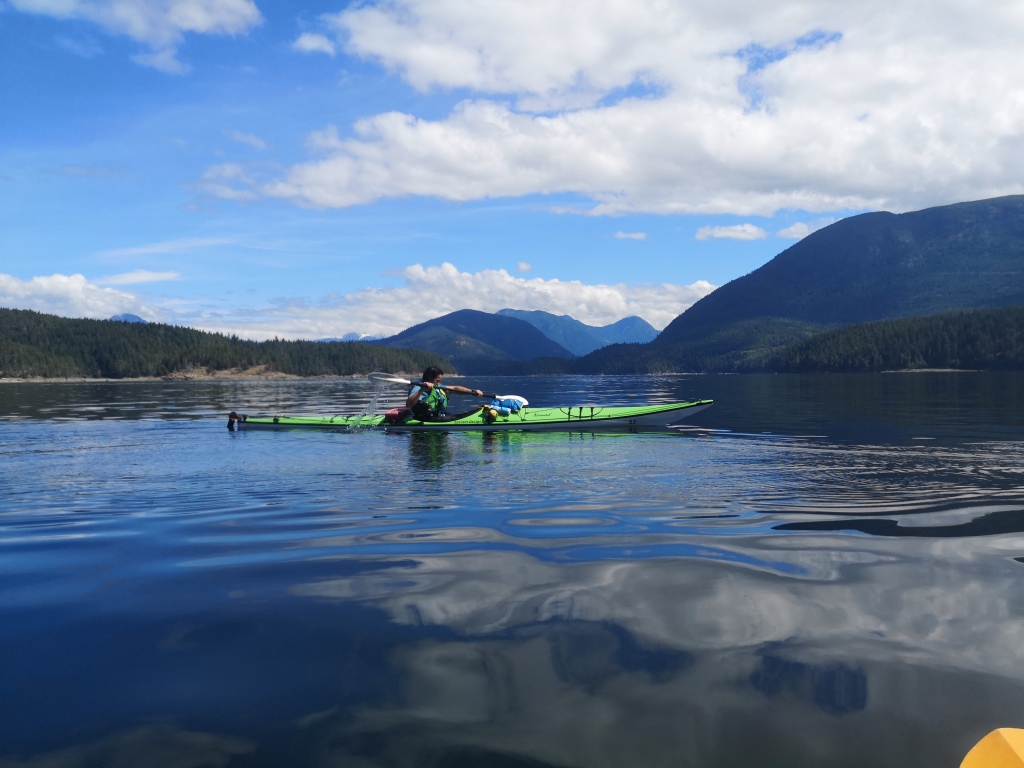
Inspired yet? Drop me a line in the comments below if Desolation Sound is on your BC bucket list! And for more kayak trips, check out my post on the Broken Group Islands, another fantastic beginner paddling trip in beautiful BC.

Wow what a great trip report! I love the pics. We just got back from a boring excursion there and will defiantly go back.
LikeLike
Haha boring! Right! Islands for days… Thanks for reading Greg! 🙂
LikeLike
Just gorgeous and great info! We just got back from paddling in the Discovery Islands. It’s a great way to forget about all the world’s problems.
LikeLike
Totally agree! So nice to disconnect for a while and escape the negativity! I’ll have to check out the Discovery Islands soon. Thanks for reading Caroline. 🙂
LikeLike
Thanks for this Emily! Me and a friend are heading over that way for a 7-day expedition on the water, and I’m so excited. Great insight, looking forward to unplugging for a week and experiencing some serious nature. We are planning to circumnavigate the Redonda’s; it’s going to be epic!
LikeLike
Woohoo sounds like a great time! Have fun!
LikeLike